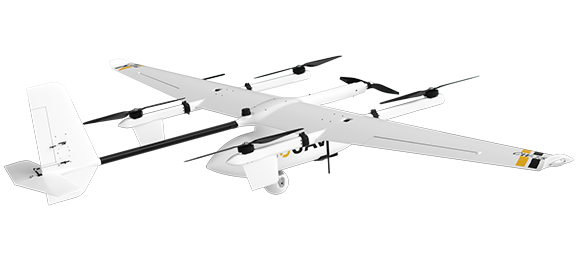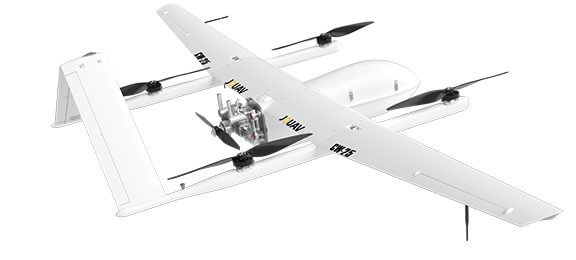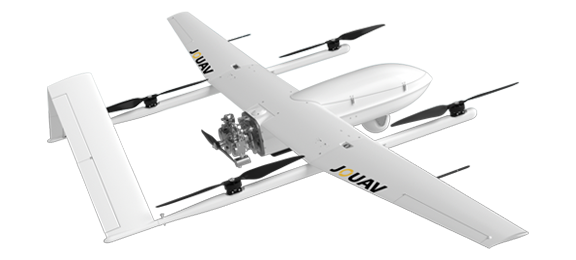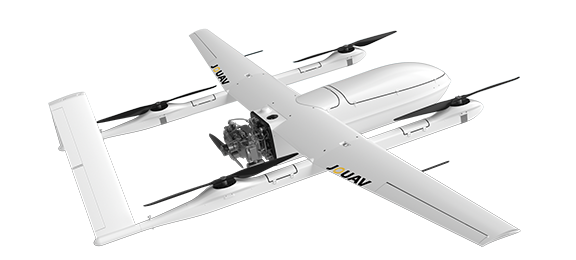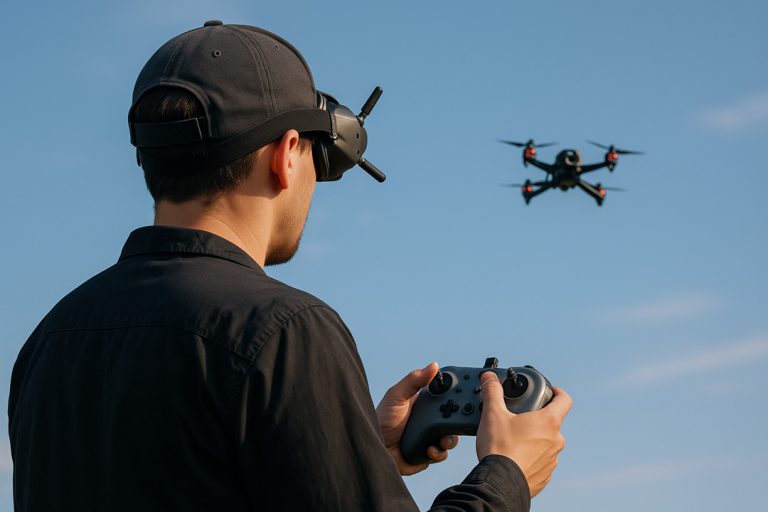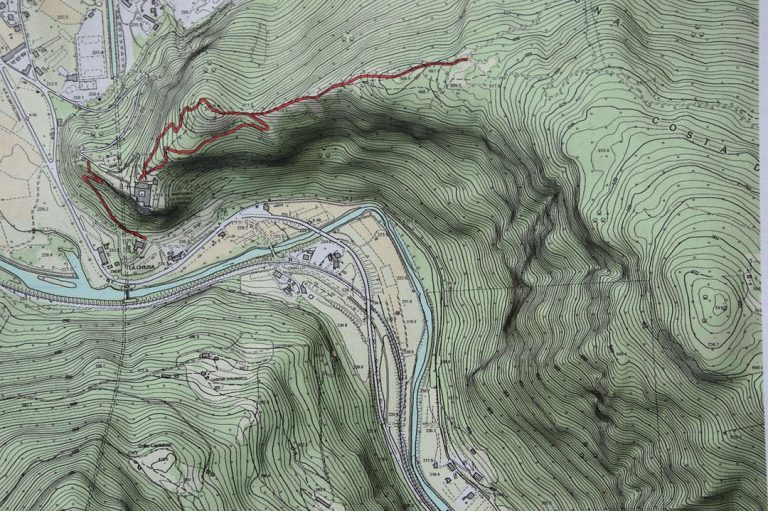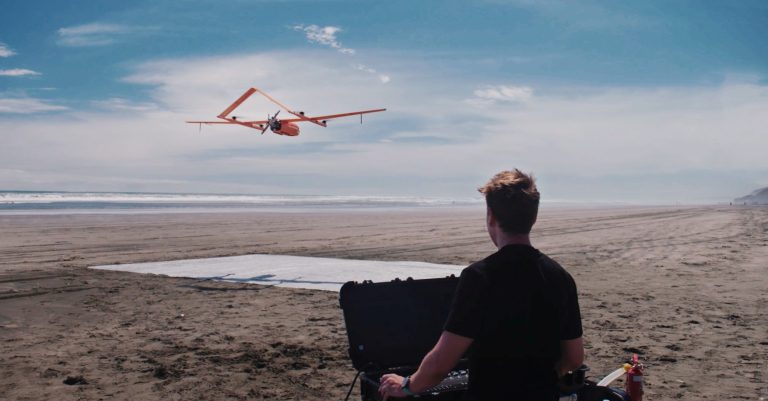Border Patrol Drone: How Are Drones Used for Border Security?
The evolution of border patrol drones traces back to the early 2000s, notably with the emergence of models like the Predator B around 2005, transforming surveillance along the U.S.-Mexico border.
By 2013, the Euro Hawk was deployed for border surveillance in Europe, marking a global shift towards UAV integration.
Between 2018 and 2020, customization took center stage, with drone manufacturers adapting UAVs to withstand diverse conditions.
Throughout the 2020s, technological advancements improved endurance, payload capacity, and autonomous features, solidifying drones as indispensable tools in border security.
Today, drone technology remains a prevalent tool in international border security. However, ethical and privacy concerns linger alongside technological progress.
This article navigates the landscape of border patrol drones, exploring the types used, their role in surveillance, the best drones, and the regulations shaping their use.
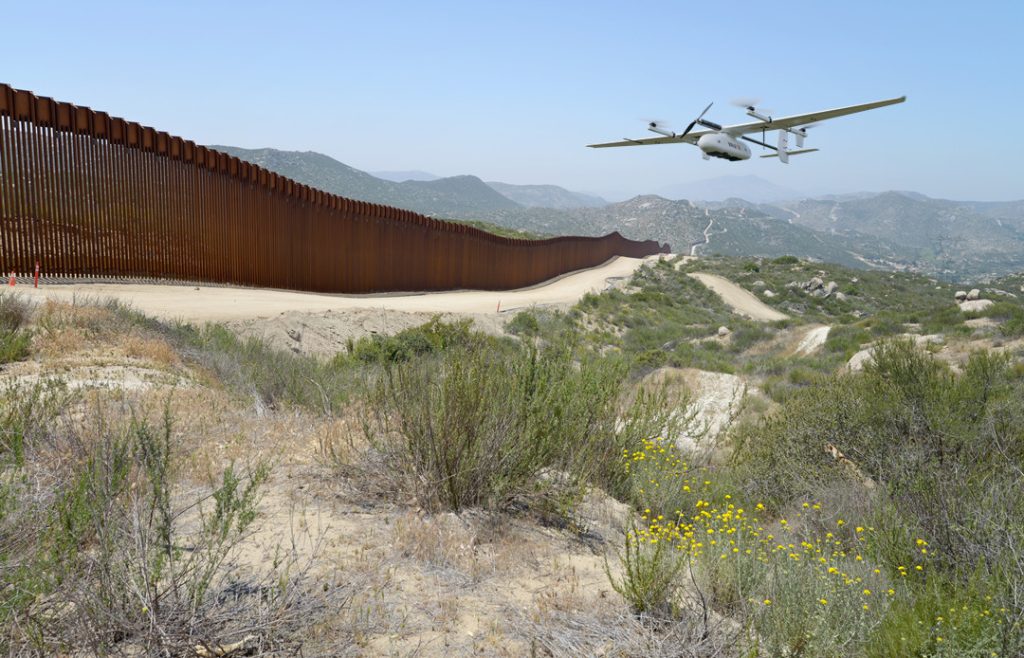
Advantages of Border Patrol Drones
Border patrol drones bring a host of advantages that transform the game in ensuring border security.
Rapid Coverage of Vast Areas
Drones have transformed border patrol and customs enforcement with their remarkable ability to swiftly cover vast areas.
Unlike traditional methods such as manned aircraft and ground vehicles, drones offer a quick deployment that proves essential in monitoring remote and challenging terrains.
This agility ensures border patrol agents can detect and respond promptly to potential threats.
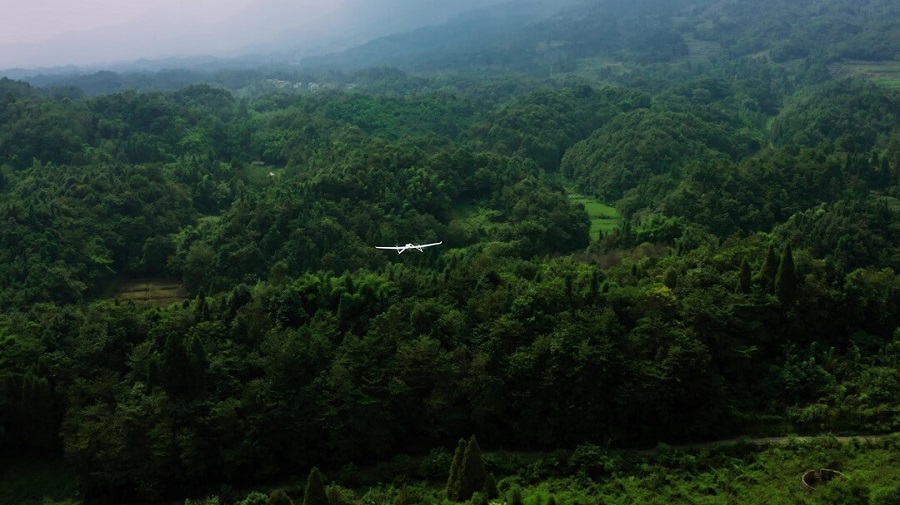
Advanced Sensors and High-Resolution Imaging
Equipped with advanced sensors and high-resolution cameras, drones provide authorities with invaluable real-time data.
This capability is instrumental in tracking the movements of criminals, including smugglers and human traffickers, attempting illegal border crossings.
The incorporation of thermal imaging further enhances border patrol efforts.
Drones equipped with thermal cameras can detect heat signatures even in complete darkness, a critical advantage for operations in low-light conditions.
This feature facilitates the identification and apprehension of suspects, particularly in challenging environments.
Cost-Effective Operations
Moreover, the cost-effectiveness of drones is a game-changer.
Unlike manned aircraft, which demand substantial fuel, maintenance, and trained pilots, drones are relatively inexpensive to purchase and maintain.
Operated remotely, they not only reduce the financial burden on law enforcement agencies but also minimize risks to human life during potentially dangerous missions.
Deterrence and Enhanced Security
Beyond cost considerations, the constant aerial presence of drones acts as a deterrent to criminals contemplating illegal border crossings.
The mere presence of drones serves as a proactive measure, discouraging illicit activities.
In the unfortunate event of a breach, the real-time data provided by drones enables law enforcement agencies to respond swiftly and effectively, increasing the likelihood of apprehending perpetrators and preventing further illegal activities.
How Are Drones Used in Border Security?
Drones are increasingly being utilized in border security for a variety of purposes. Their versatility and ability to cover vast areas quickly make them valuable tools for border control and surveillance.
General Border Surveillance
Programmed with predefined flight paths or equipped with autonomous navigation systems, these unmanned aerial vehicles systematically cover specific routes without constant manual control.
Their advanced features, including obstacle avoidance and high-resolution cameras, enable them to adapt to diverse terrains and weather conditions.
Real-time data transmission and integration with artificial intelligence algorithms further enhance surveillance, allowing for swift threat detection and informed decision-making.
Drug Trafficking and Smuggling Prevention
ISR Drones, equipped with advanced sensors and high-resolution cameras, provide a comprehensive aerial view, aiding authorities in detecting suspicious activities, uncovering hidden pathways, and identifying potential routes of drug smuggling.
Their nimble nature allows dynamic tracking of suspicious vehicles or individuals, offering real-time intelligence to ground units for swift responses and heightened situational awareness.
Additionally, drones act as vigilant eyes in the sky, preemptively identifying and disrupting smuggling attempts, keeping authorities one step ahead of traffickers and making evasion more challenging.
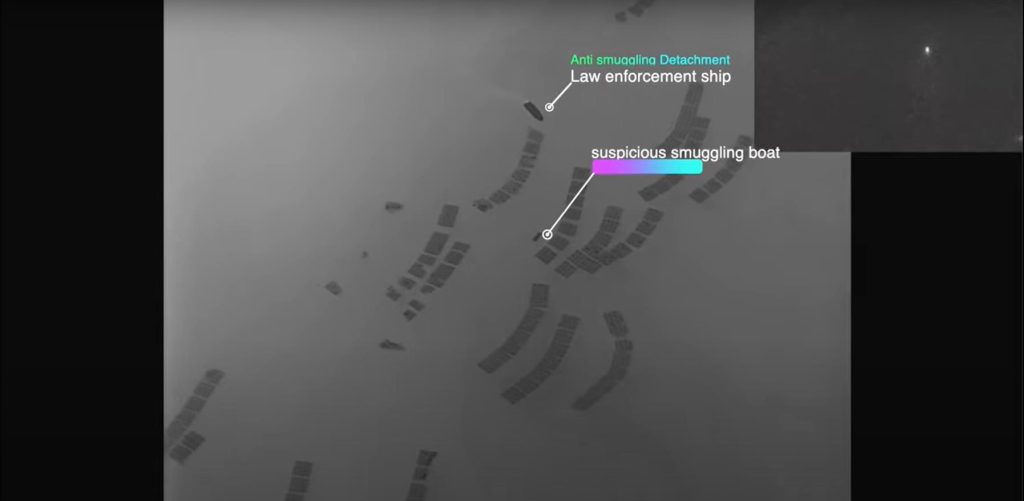
The CW-25DE drone with MG-150E gimbal camera helps the Guangdong Public Security Department capture smuggling vessels
Anti-Illegal Immigration and Terrorism
Advanced drones, equipped with thermal imaging and facial recognition, operate seamlessly in challenging terrains and adverse weather.
They detect heat signatures to pinpoint individuals, ensuring the safety of enforcement personnel and minimizing the risk of overlooking threats.
Facial recognition adds an extra layer of security, rapidly identifying individuals with a history of illegal border crossings or known connections to terrorism. Real-time data is transmitted to central command centers for swift decision-making.
Search and Rescue Operations
Drones, armed with thermal cameras and GPS, are transforming search and rescue operations.
These unmanned aerial vehicles cover expansive and rugged terrains swiftly, detecting heat signatures through thermal imaging and providing real-time, accurate location data.
This technology significantly enhances the efficiency of rescue teams, reducing response times and increasing the likelihood of successful outcomes, particularly in remote border areas.
Border Infrastructure Inspection
Drones with high-definition cameras surpass human capabilities, capturing detailed images crucial for assessing border infrastructure.
These visuals, enhanced by advanced algorithms, reveal subtle signs of wear or damage, aiding border security.
LiDAR sensors complement inspections by creating detailed 3D maps of the border terrain.
By employing laser beams, LiDAR measures distances, identifies physical vulnerabilities, and provides insights into the environment, enabling strategic fortification of border defenses.
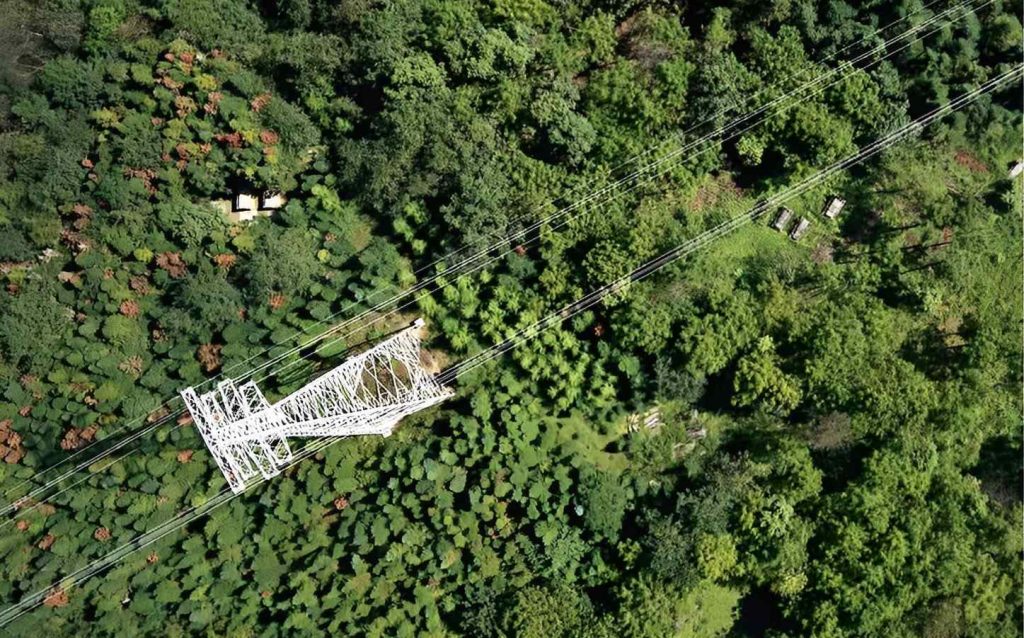
Incidence Response and Crowd Monitoring
Drones are invaluable in monitoring protests, gatherings, and events, providing real-time video feeds for heightened situational awareness.
By soaring above crowds, these aerial devices offer a bird's-eye view, enabling authorities to detect patterns, anticipate issues, and respond with precision.
Drones' adaptability is emphasized by their ability to be equipped with multifunctional tools, including advanced communication systems like loudspeakers.
This facilitates effective real-time communication with crowds, allowing authorities to disseminate crucial information, issue warnings, or give instructions.
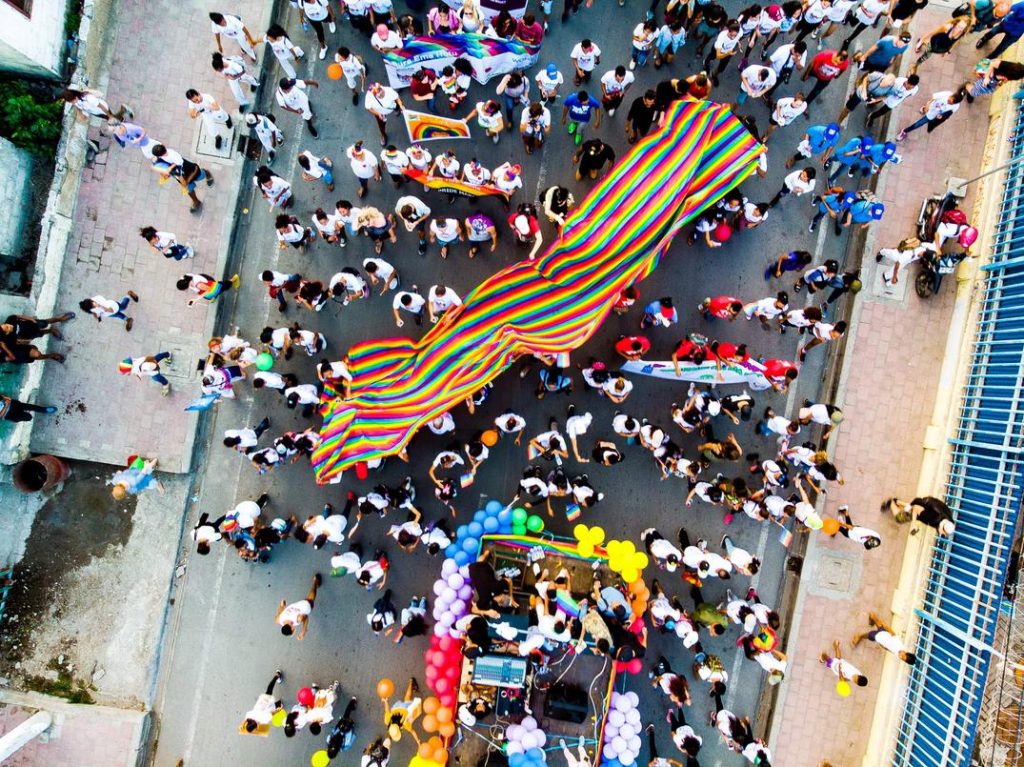
Environmental Monitoring
Equipped with advanced sensors, drones analyze vegetation health, biodiversity, and potential habitat disruptions.
They also monitor water bodies, identifying pollution sources and changes in water quality, contributing to the overall health assessment of aquatic ecosystems.
Integration of artificial intelligence and machine learning enhances the analytical capabilities of drone data, swiftly identifying patterns and anomalies.
This aids researchers in drawing meaningful conclusions about the environmental impact of border activities, informing conservation strategies.
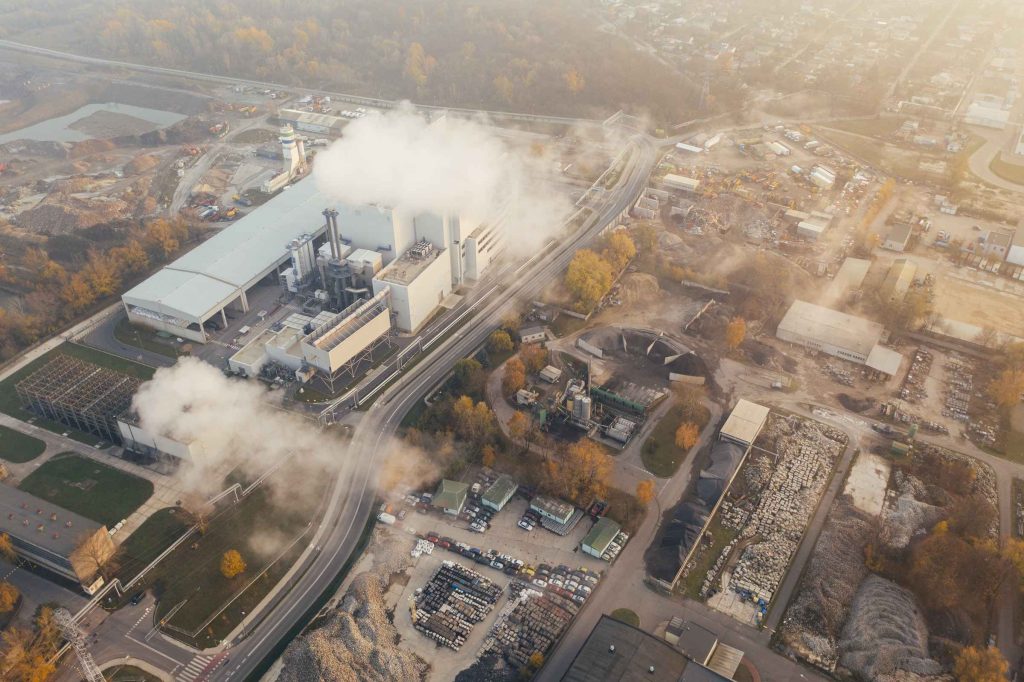
Communication Relay
Drones, equipped with advanced communication relay technology, act as flying cell towers, addressing connectivity challenges in remote border regions.
Essential for border patrol teams, they ensure seamless communication and instant access to critical information.
In emergencies, these drones play a pivotal role in facilitating rapid responses and efficient rescue efforts, serving as crucial links for first responders.
Their autonomy, adaptive communication protocols, and durability make them reliable assets, transforming connectivity and emergency response capabilities in challenging environments.
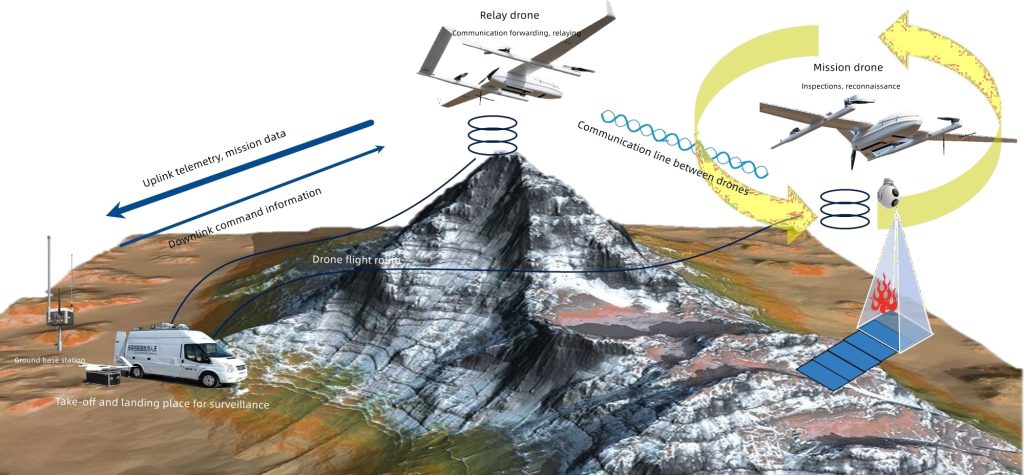
JOUAV takes border patrol to new heights with its specialized Vertical Takeoff and Landing (VTOL) drones and multi-rotor drone models, uniquely designed to cater to diverse application scenarios.
The versatility of JOUAV drones, characterized by extended endurance, substantial payloads, and exceptional environmental adaptability, positions them as the premier choice for large-area patrols.
Vertical Take-off and Landing
The JOUAV drone sets itself apart with an impressive Vertical Take-off and Landing feature, eliminating the need for runways. This groundbreaking capability allows it to operate in confined spaces and challenging terrains, making it a perfect fit for border surveillance missions.
Notably, it excels in precision takeoffs and landings, even on moving vessels. This versatility provides unparalleled flexibility for diverse applications, particularly in maritime surveillance and reconnaissance.
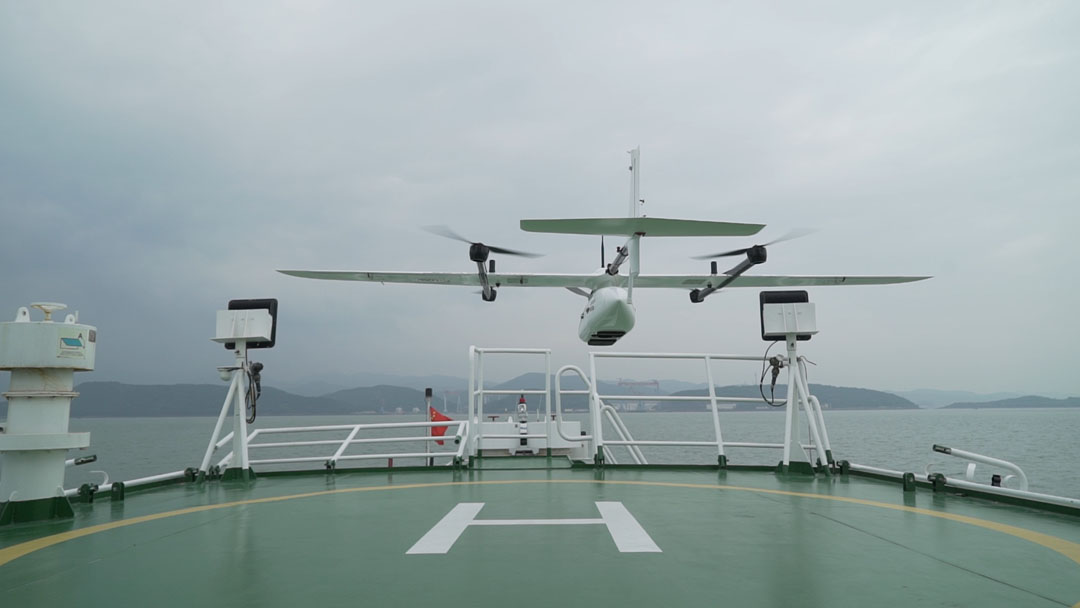
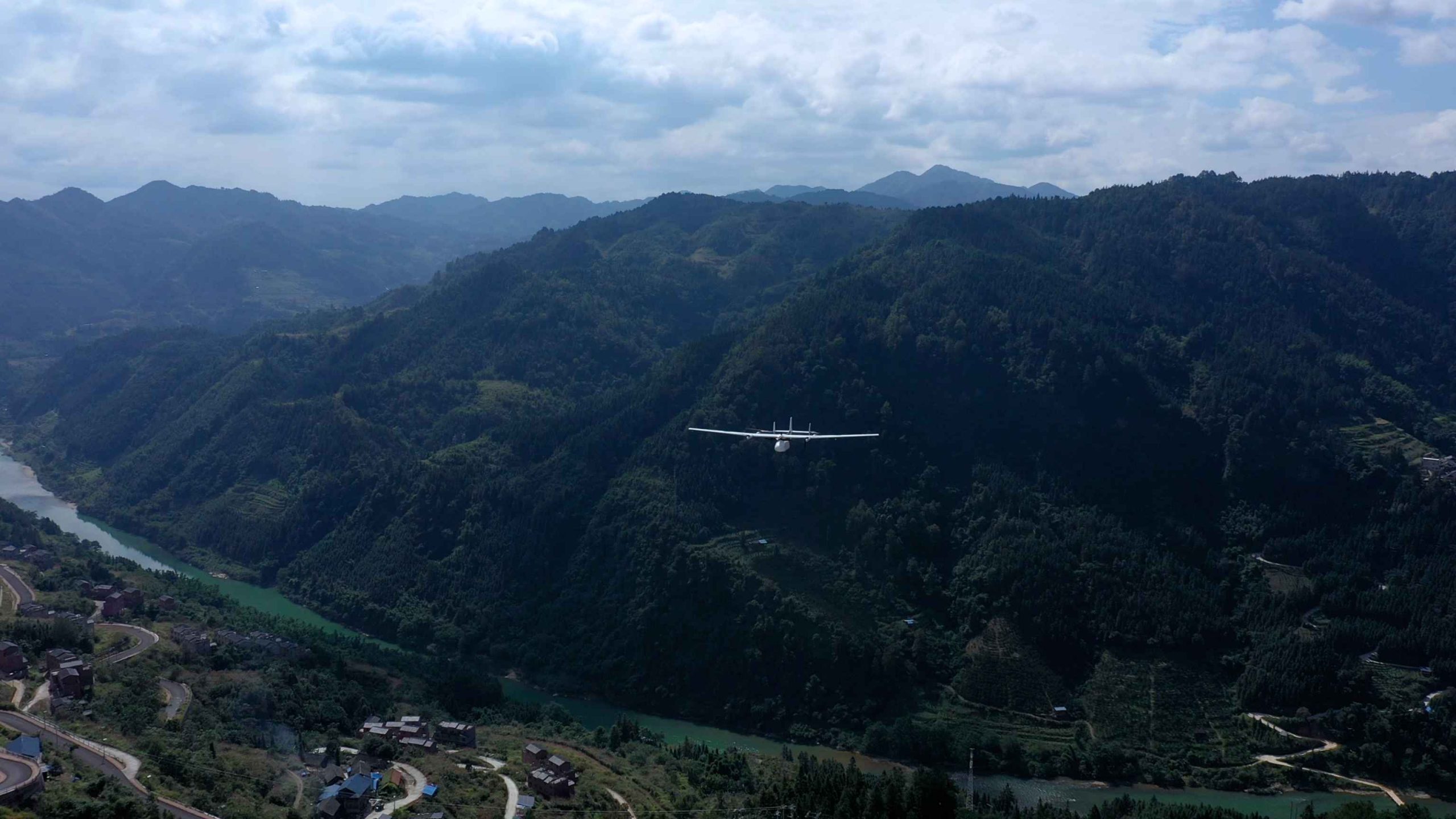
Up to 480 min Long Endurance
Boasting an impressive Long Endurance of up to 480 minutes, JOUAV drones redefine the possibilities of extended flight missions. This feat is achieved through advanced power management, sleek aerodynamic designs, and energy-dense lithium-ion batteries. With a cruising speed of up to 100 km/h and a range of 200 km, these drones are ideal for large-scale border patrol missions.
The combination of efficiency, speed, and range makes JOUAV drones a top choice for demanding operations.
Up to 20 kg Payload Capacity
The JOUAV drones, with a payload range of 1kg to 20kg, accommodate various mission-specific gear. These include high-resolution cameras, advanced thermal imaging tools, real-time communication equipment, and emergency response essentials like megaphones and spotlights.
Customizable payloads optimize border patrol operations, enabling UAVs to efficiently adapt to evolving challenges and diverse scenarios.
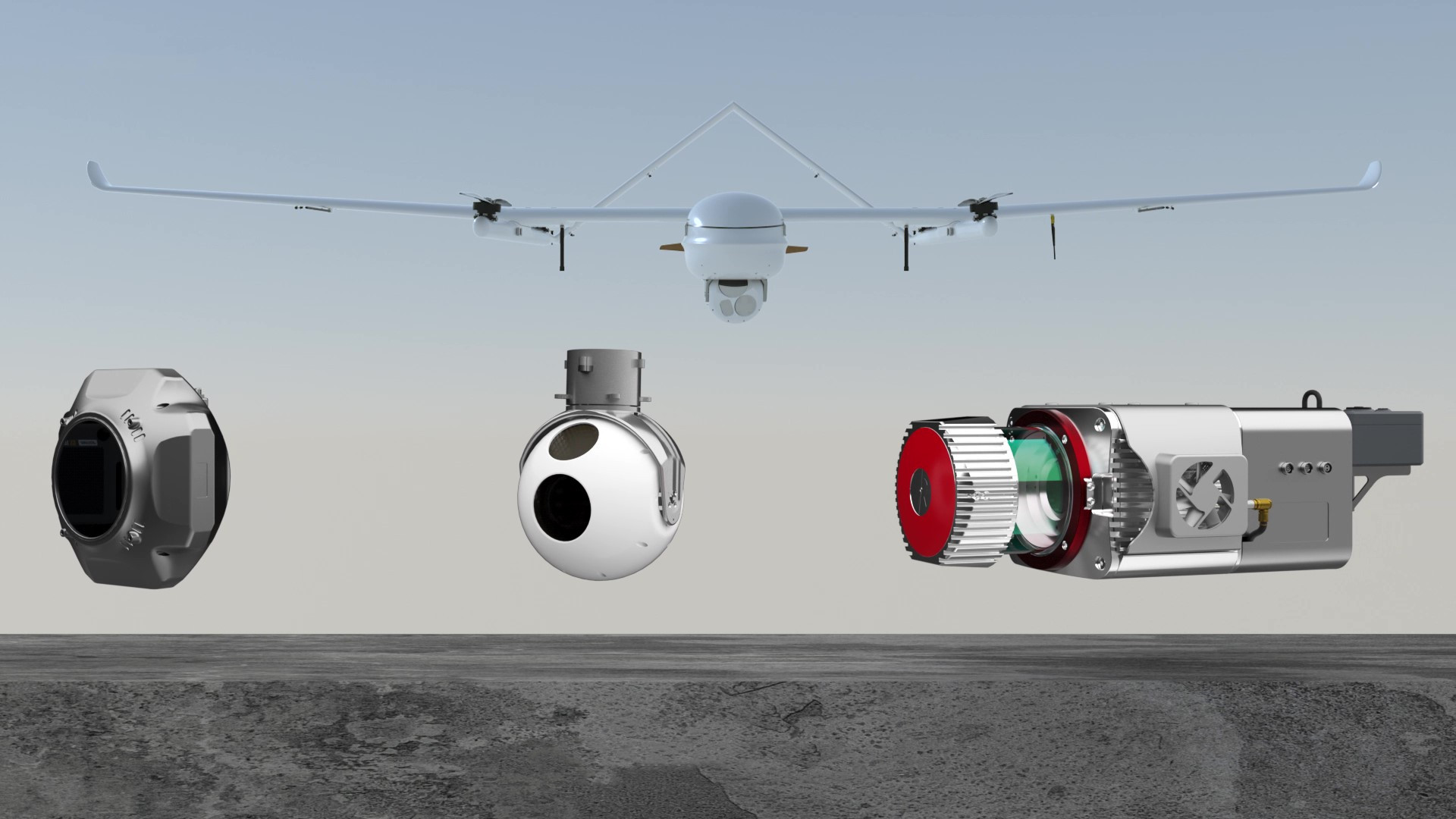
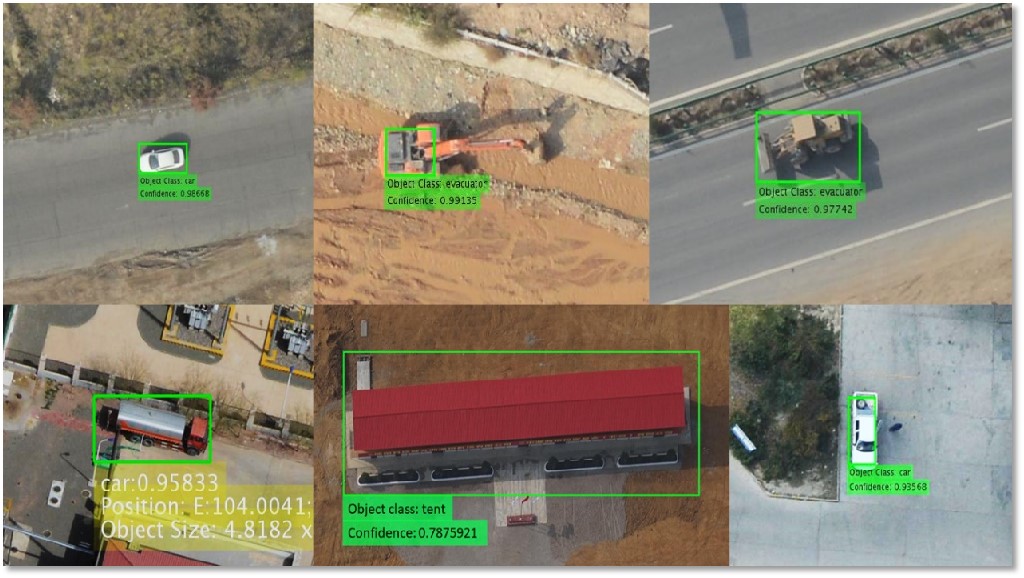
AI-Powered Advancements
The JOUAV drones, with integrated Artificial Intelligence (AI), significantly enhance surveillance capabilities. Leveraging advanced machine learning algorithms, the drone can intelligently identify distinct objects, including humans, vehicles, and wildfires, and effectively track their movements.
Through prompt alerts to operators or autonomous responses to identified anomalies, AI-driven drones contribute to border security proactively and adaptively, thereby minimizing response times and enhancing overall situational awareness.
High-Resolution Thermal Imaging
The JOUAV drone features a dual gimbal camera system with a 1080P 30x zoom visible camera and a 640*512 pixel thermal imaging camera. Operating effectively in low light and challenging conditions, the drone's 30x zoom provides clear visibility up to four kilometers away.
The 3-axis gimbal ensures stable aerial footage, while the thermal imaging technology identifies objects or individuals in complete darkness, extending surveillance capabilities beyond daylight hours.
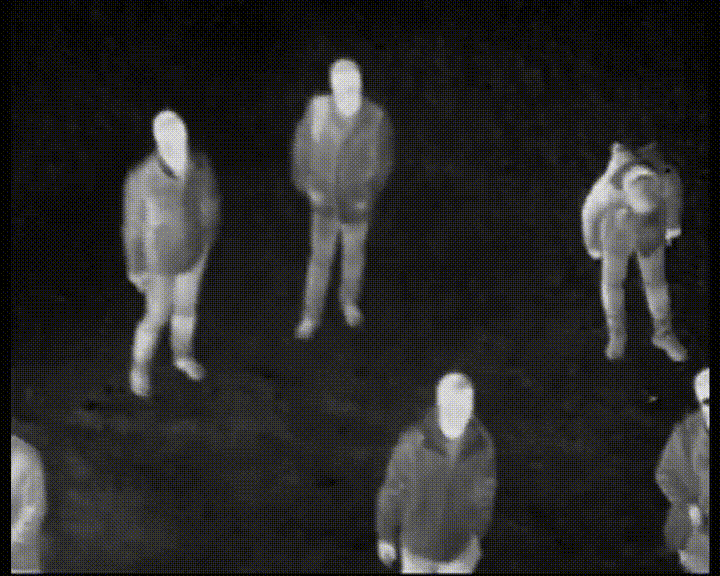
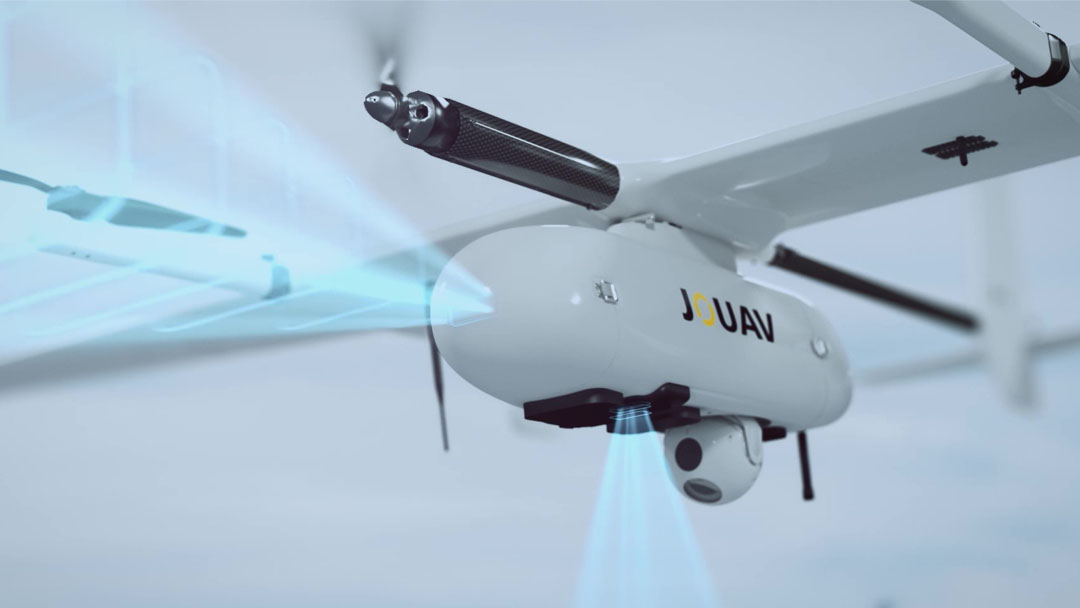
Autonomous and Safe Operation
The JOUAV drones autonomously execute missions with minimal human involvement. Utilizing pre-programmed flight paths and real-time data processing, they adapt to changing conditions for surveillance.
The advanced avionics system streamlines pre-flight inspections with a single click at the ground station. In flight, these drones utilize millimeter-wave radar for obstacle detection. The advanced flight control system features fault management, automatic recovery, updates, and automatic return to flight. The visual obstacle avoidance system, driven by GPU-accelerated computer vision, intelligently assesses landing sites and terrain.
Geo-Fencing
JOUAV drones leverage geofencing technology for border patrol, establishing virtual boundaries through GPS integration. This ensures drones operate strictly within predetermined areas, enhancing safety, security, and compliance by preventing airspace violations.
Geo-restricted zones optimize coordination among multiple drones, minimizing collision risks and streamlining mission efficiency. Geofencing's proactive control also restricts unauthorized access to sensitive areas, contributing to a secure and monitored airspace.
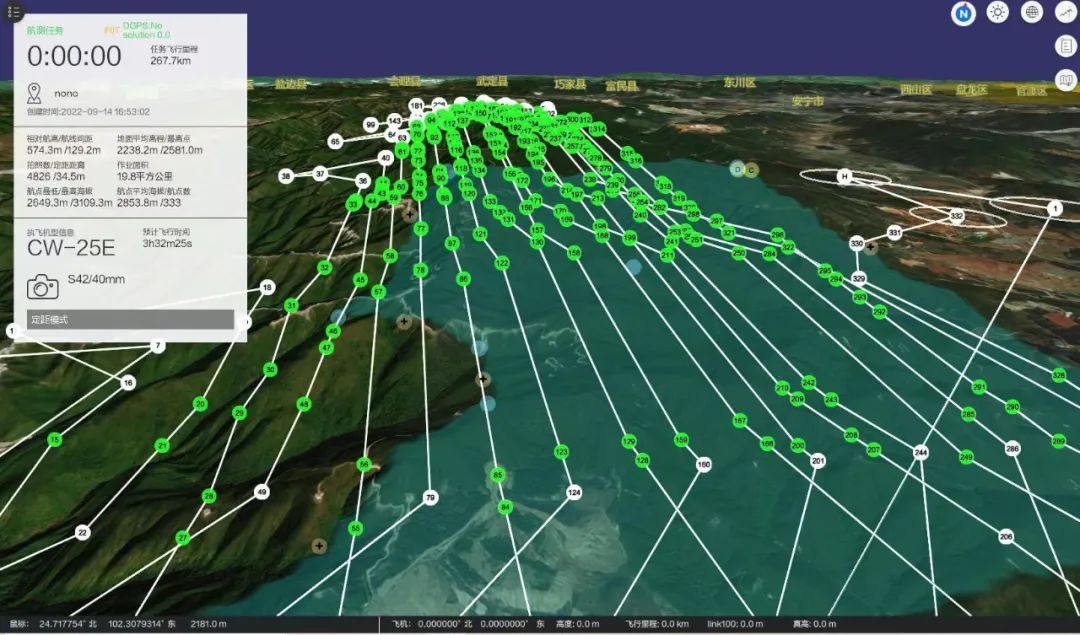
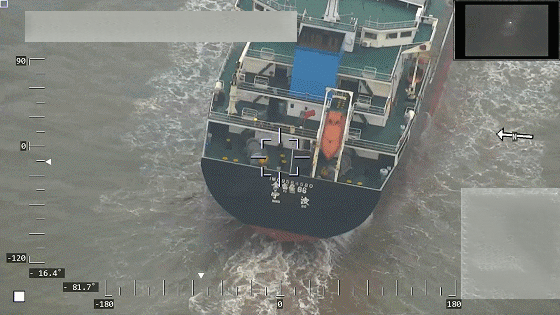
Real-Time Data Transmission
With an impressive 300-millisecond latency, the JOUAV drones swiftly transmit 1080P HD video and aircraft-related data to the ground station via a dedicated link. The ground control terminal shares this information with other terminals through a 4G/5G router or pushes video streams to a cloud server via a network cable.
This allows instant access for mobile terminals to view real-time video feeds, aiding border patrol agents in responding promptly to unfolding situations.
Security and Encryption
At the heart of JOUAV's security architecture is a sophisticated data chain hardware encryption system. This not only fortifies communication channels but also serves as an impenetrable barrier against unauthorized access, mitigating the risk of potential data leaks.
The encryption protocols employed are meticulously designed to adhere to the highest industry standards, ensuring the confidentiality and integrity of every piece of information transmitted during border surveillance operations.
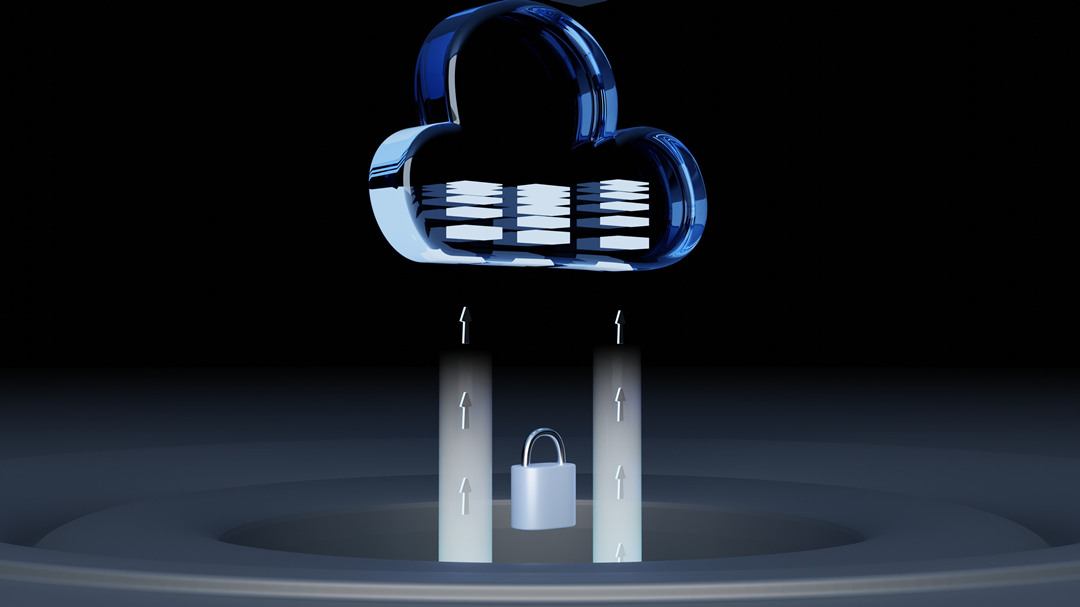
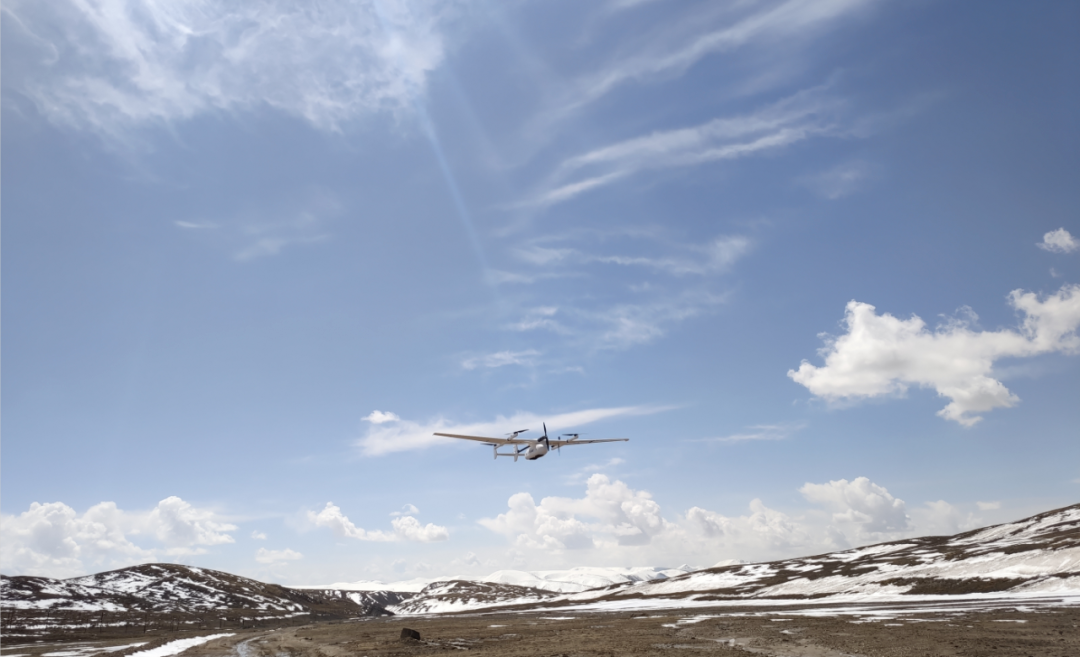
Adverse Environment Resilience
JOUAV drones excel in adverse conditions, from moderate rain and strong winds (up to Level 8) to extreme temperatures (-20°C to +55°C). Crafted with durable materials, waterproof coatings, and sealed components, they ensure resilience in harsh environments.
This weather-resistant design guarantees uninterrupted Border Patrol operations. Come rain or shine, JOUAV drones deliver reliable surveillance and swift responses, making them a crucial asset in any weather condition.
What Type of Drones Does the Border Patrol Use?
The Border Patrol employs a diverse fleet of drones to effectively monitor and secure borders, utilizing various types tailored for specific operational needs.
Fixed Wing Drones
Fixed-wing drones, resembling miniature airplanes, are a mainstay in the Border Patrol's arsenal.
Their design allows for efficient and extended flights, easily covering expansive areas.
These drones are particularly valuable for long-distance surveillance missions, providing a bird's-eye view of vast border regions.
Multirotor Drones
Characterized by their multiple rotors, multirotor drones offer different advantages, including quadcopters and hexacopters.
Renowned for their agility and ability to hover, these drones excel in scenarios where precision and close-quarters surveillance are paramount.
Their flexibility makes them well-suited for navigating through confined spaces and closely monitoring specific areas of interest.
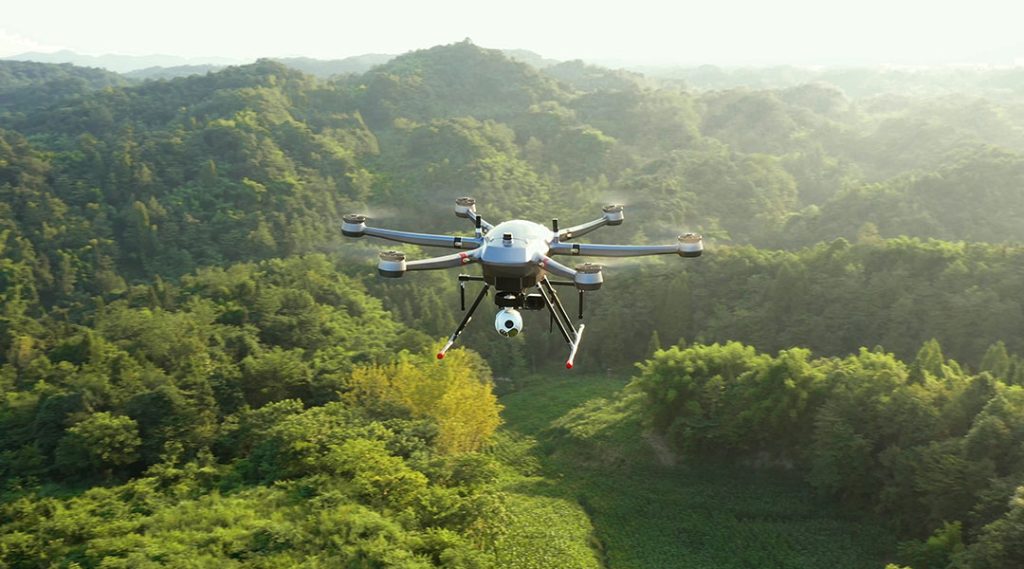
Hybrid VTOL Drones
The Border Patrol also utilizes Hybrid Vertical Takeoff and Landing (VTOL) drones, which amalgamate features from fixed-wing and multirotor designs.
This innovation provides a versatile solution, allowing these drones to take off and land vertically while seamlessly transitioning to fixed-wing flight for extended coverage.
This versatility is particularly valuable in dynamic border environments where diverse surveillance needs arise.
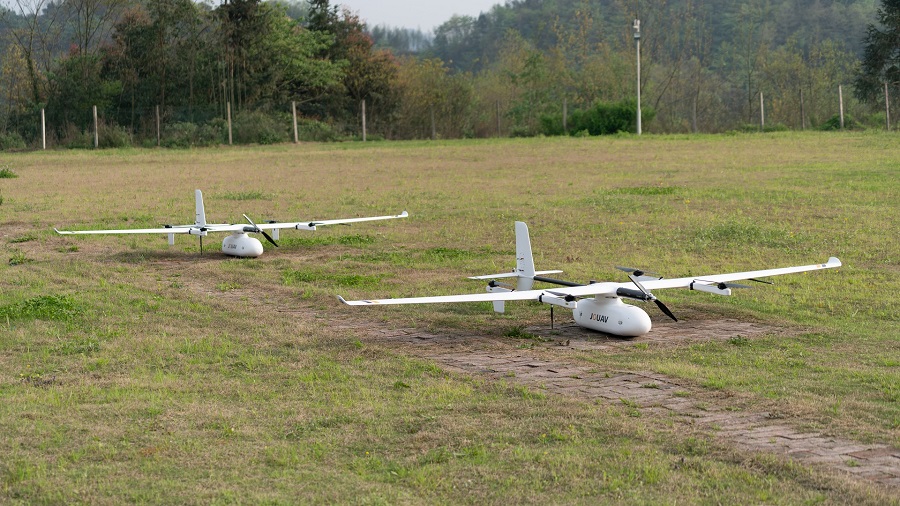
Challenges in Deploying Border Patrol Drones
Border patrol drones, undoubtedly valuable assets in enhancing security measures, are not without their limitations.
Regulatory Constraints
The deployment of Unmanned Aerial Vehicles (UAVs) in border security is constrained by stringent regulations and guidelines.
Navigating compliance within regions with shared borders or overlapping jurisdictions poses challenges for Border Patrol agencies.
Adhering to diverse regulatory frameworks requires ongoing efforts to ensure seamless and lawful drone operations.
Privacy Concerns
Utilizing UAVs for surveillance introduces significant privacy concerns.
The capability of drones to monitor private properties and individuals without explicit consent raises ethical challenges.
Achieving a delicate balance between the imperative for heightened security and respecting the right to privacy remains an enduring challenge for border security agencies.
Striking this balance is essential to maintain public trust and uphold ethical standards.
Technical Limitations
Despite advancements, UAV technology faces inherent technical limitations.
Factors such as limited battery life impose constraints on the duration of surveillance missions, necessitating frequent recharging or battery swaps.
Vulnerability to adverse weather conditions, including rain and strong winds, can compromise operational efficiency.
Additionally, susceptibility to GPS jamming poses a risk to navigation systems, potentially impacting the accuracy of drone movements.
Recognizing and addressing these technical limitations is crucial for optimizing the effectiveness of drones in border security operations.
How Much Does a Border Patrol Drone Cost?
Border patrol drone costs vary, and typically range from $50,000 to $100,000 or more.
Additional expenses include specialized payloads, communication systems, ground control stations, training, software, and ongoing maintenance. It's crucial to consider the overall investment, as these drones offer advanced features for effective border surveillance.
Border Patrol Drone Regulations
Border Patrol agents undergo a comprehensive online training program as part of the process to obtain their "drone pilot's license."
This training includes a detailed curriculum that covers Federal Aviation Administration (FAA) regulations, as well as Customs and Border Protection (CBP)-specific policies and procedures related to drone operations.
The online training equips agents with the knowledge and skills necessary for responsible and effective drone use in border security.
Upon completing the online training, agents are required to take a test at an official FAA facility to demonstrate their understanding of drone regulations and safe operating practices.
This test is a crucial step in obtaining the certification required for legal and compliant drone operations.
In the context of general drone regulations, several key guidelines and restrictions apply:
Restricted Areas
Drones are prohibited from flying near critical infrastructure such as air traffic control bases, airports, highways, government buildings, prisons, and other political institutions.
These restrictions are in place to ensure the safety and security of both aerial and ground activities.
Border Crossings
Crossing a border post with a drone is expressly prohibited. This regulation is in line with national security concerns and aims to prevent unauthorized drone activity in sensitive border areas.
Autonomous Operations
Operators of autonomous drones must obtain airspace authorization from the FAA before conducting operations in controlled airspace or near airports.
This requirement ensures coordination with traditional manned aircraft and enhances overall airspace safety.
FAA Registration
Drone operators are required to register their drones with the FAA.
To register, the operator must be at least 13 years old, or if under 13, someone who is 13 years or older must complete the registration on their behalf.
This registration process is essential for tracking and accountability purposes.
Remote Pilot Certificate
To operate a drone under the FAA's UAS Rule (Part 107), operators must obtain a Remote Pilot Certificate.
This involves passing the FAA-administered test, which covers a range of topics including airspace regulations, weather patterns, and safe operational practices.
What Technology Does Border Patrol Use?
Beyond just drones, border patrol folks worldwide have a whole arsenal of tech to keep a watchful eye on things and make sure the borders stay secure.
Some of the technologies include:
Ground Surveillance
At ground level, a network of sophisticated sensors is strategically placed to keep a vigilant eye on the border.
High-resolution cameras, capable of night vision and thermal imaging, capture detailed visuals.
Radar systems, both stationary and mobile, detect and track movements, while motion detectors identify physical disturbances in restricted areas.
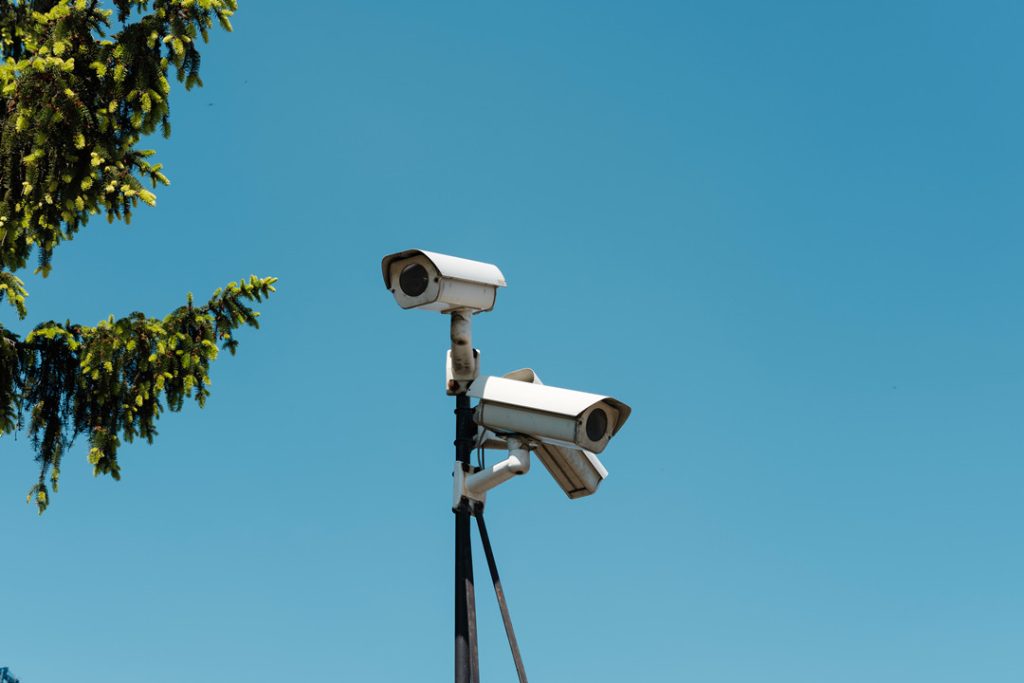
Satellite Surveillance
Now, shift your perspective to space. Satellites provide a comprehensive overview of the entire border region.
Border patrol agencies tap into satellite imagery to gain insights into terrain, infrastructure, and potential threats.
This high-altitude vantage point enhances the overall monitoring and assessment of border conditions.
Biometric Systems
Moving to the human aspect, advanced biometric technologies play a pivotal role in identifying and verifying individuals.
Facial recognition systems analyze distinctive facial features, fingerprint scanning cross-references prints against databases, and iris scanning examines unique patterns.
These measures significantly enhance the accuracy of identity verification, bolstering border security efforts.
Artificial Intelligence
In the realm of data analysis, artificial intelligence takes the stage.
Machine learning algorithms process vast amounts of data from various sources, including cameras and sensors.
This AI-driven approach enhances the detection of patterns and anomalies, continuously learning and adapting to new information.
The result is a proactive and dynamic response to potential threats.
Automated Border Control (ABC) Systems
Electronic Passport Control Gates, E-Gates, and self-service kiosks use biometric data like facial recognition to verify identities.
Simultaneously, they cross-reference electronic passports, ensuring a smooth and secure entry process.
It's like a high-tech welcome mat for those who are authorized, making the border-crossing experience both secure and efficient.



